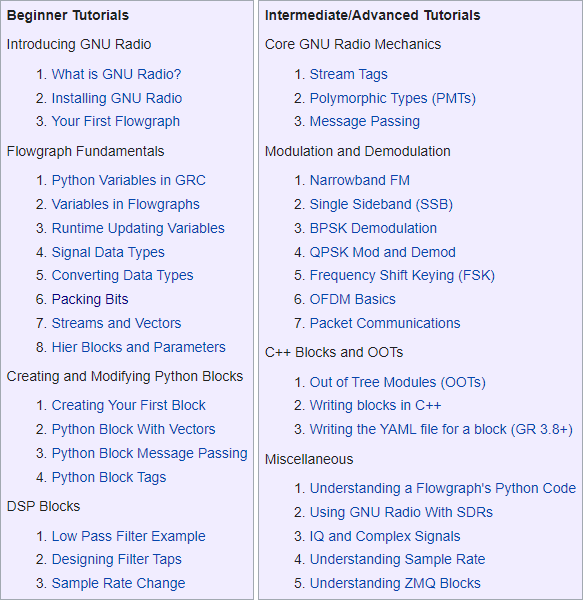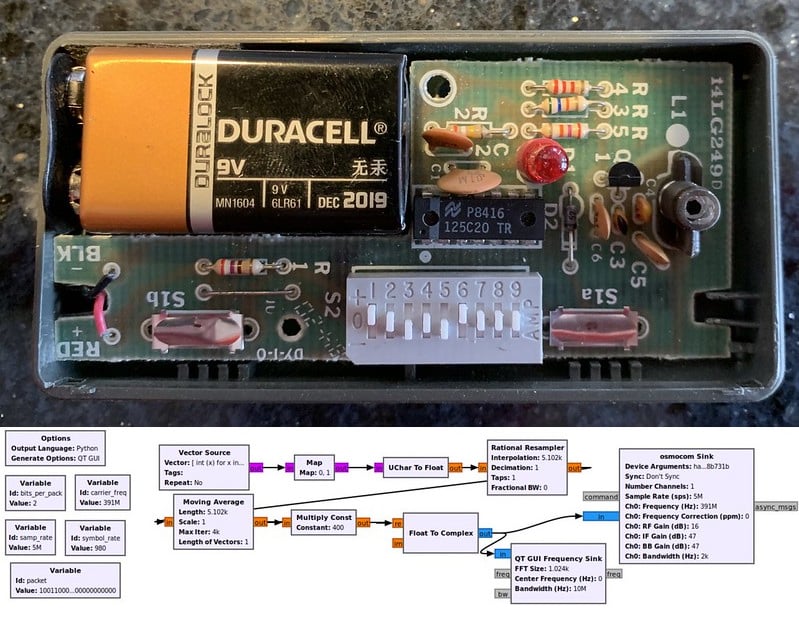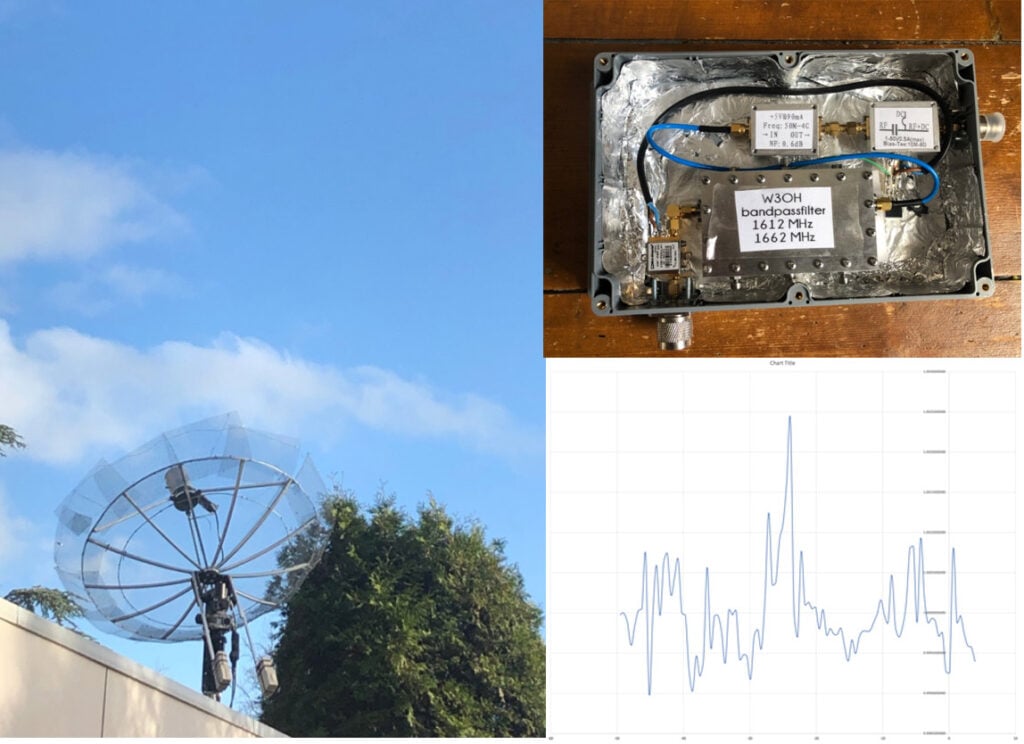New GNU Radio Beginners Tutorials Available
A new set of beginners tutorials for the GNU Radio platform have been released on the GNU Radio Wiki. GNU Radio is an open source development toolkit for signals processing and is commonly used to build software demodulators and decoders for Software Defined Radios including the RTL-SDR.
The tutorials lead you through topics such as understanding flowgraphs, creating custom Python blocks, using DSP blocks, GNU Radio core mechanics, modulation and demodulation and more.
We are pleased to announce a new set of beginner-level tutorials, as well as a new tutorials landing page, you can check them out here
A big thank you to NumFOCUS for sponsoring the work and to Matt from wavewalkerdsp who did the bulk of the work!
These beginner-level tutorials walk a new user through starting GRC and creating a simple flowgraph, all the way up to creating custom blocks and using tags and message passing.
We would like to create follow-up tutorials that the GNU Radio community needs so please leave feedback in the Discuss tab of the main Tutorials page, here are some suggestions:
- Do you have ideas for future tutorials you’d like to see made?
- What doesn’t make sense in GNU Radio, or what is hard to understand?
- Where are the sticking points? What is hard to remember?
- What is hard to use?
- Are there any points in the current tutorials you’d like to see in more detail?
- What would you change about the tutorials?
You can also access the tutorials using the Tutorials link on the left hand sidebar of the GNU Radio wiki, from any page.

If you're interested in these tutorials you might also want to check out Michael Ossmann's set of video tutorials for the HackRF, which features GNU Radio usage heavily.


